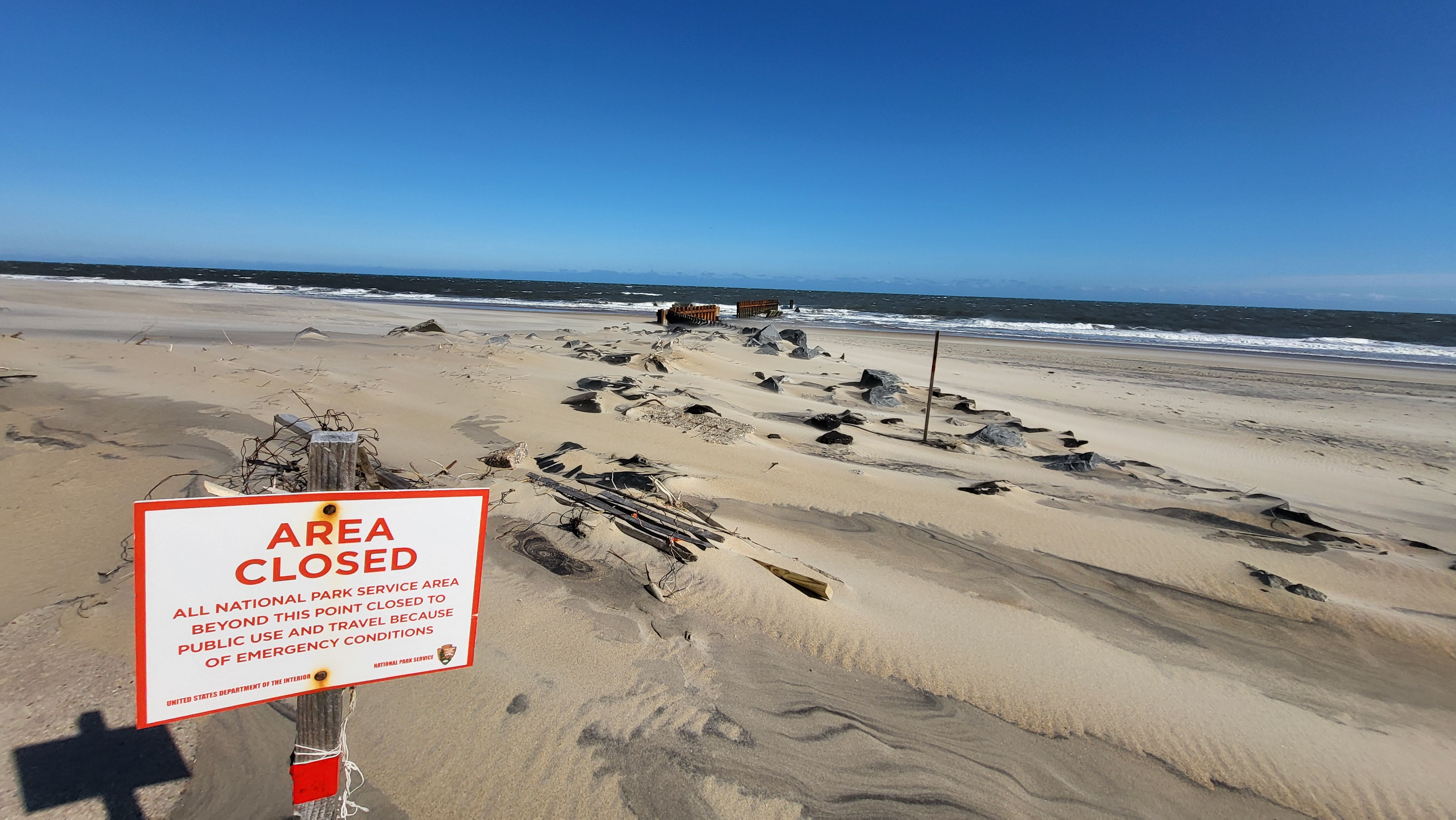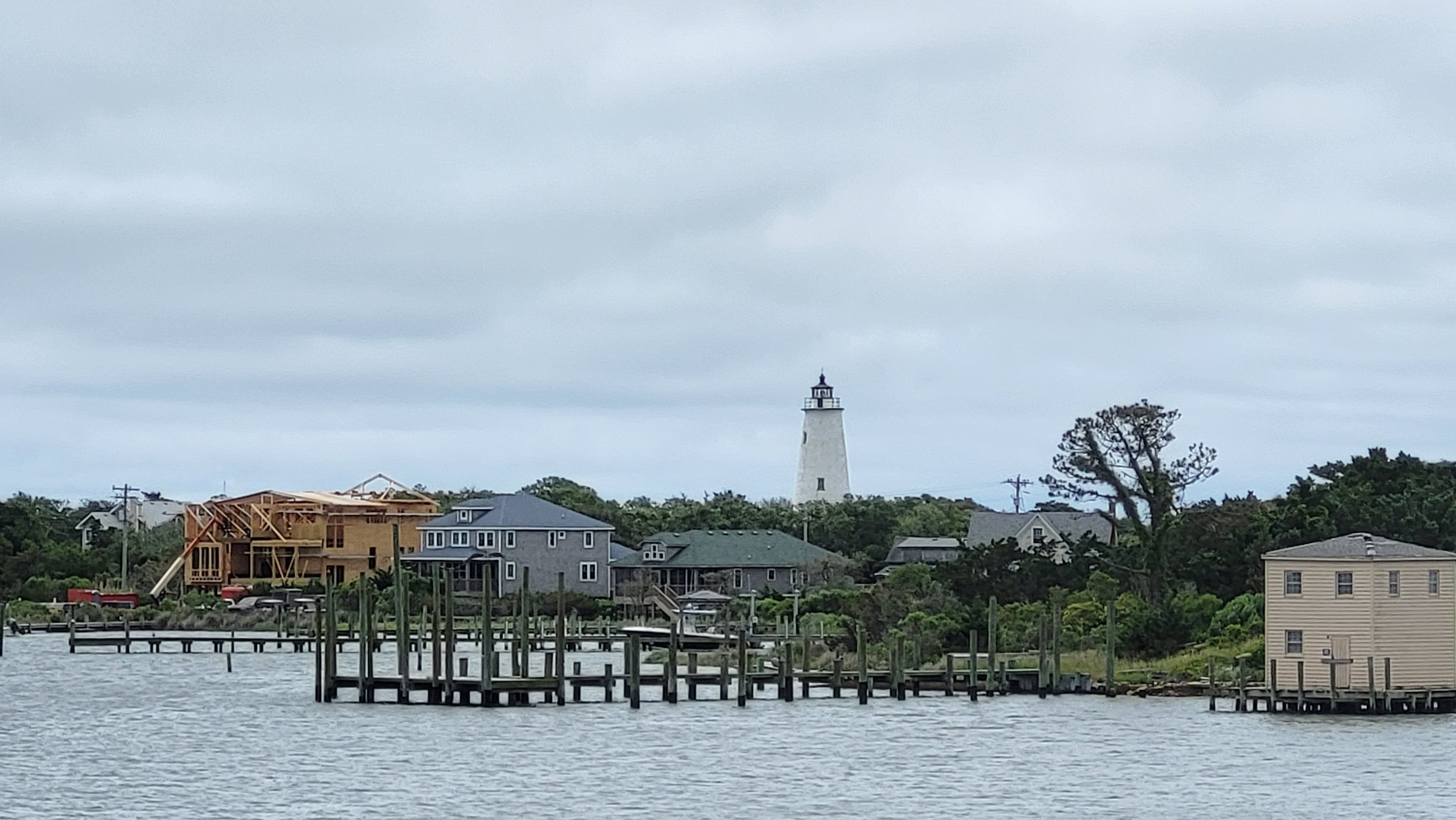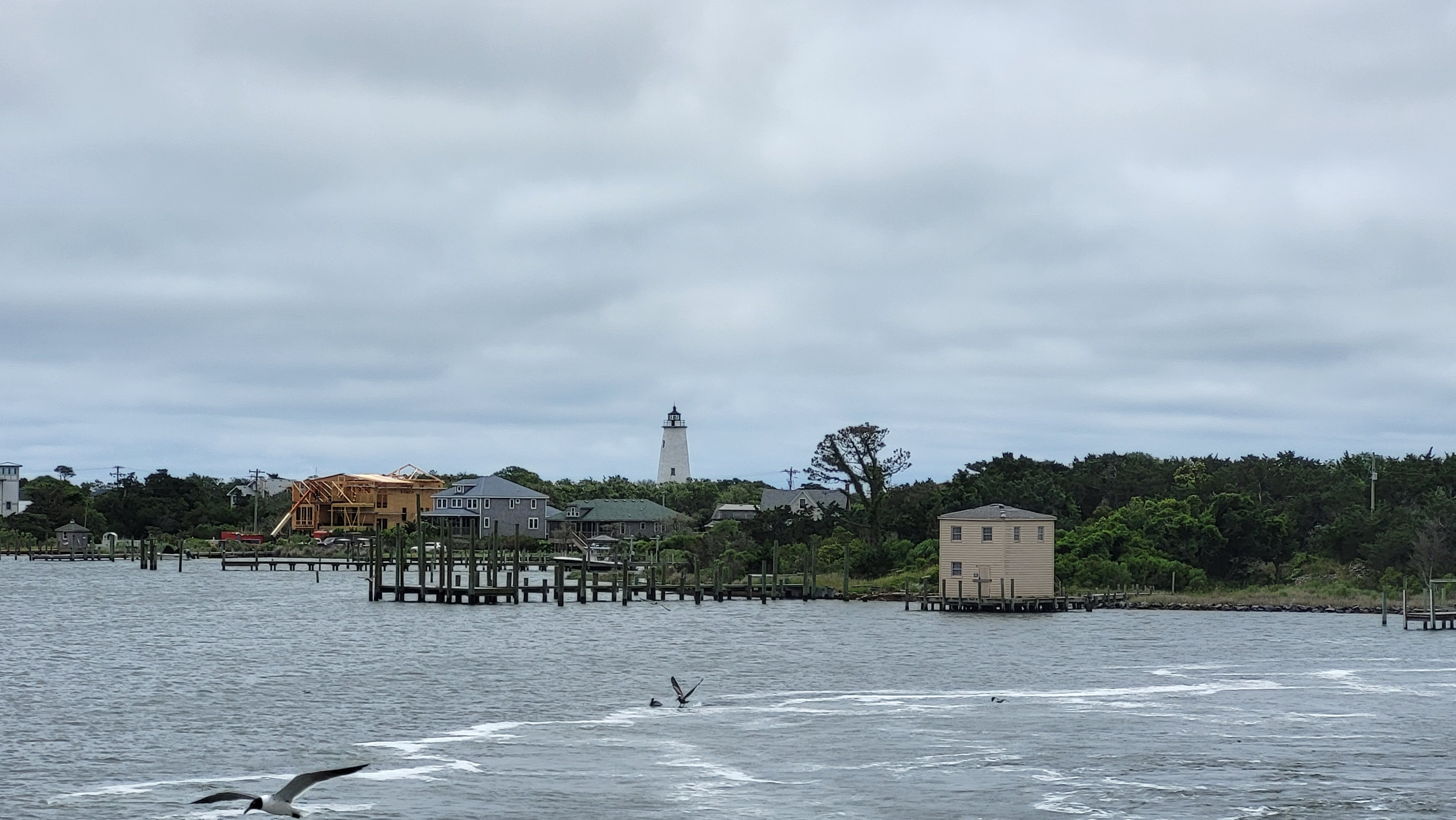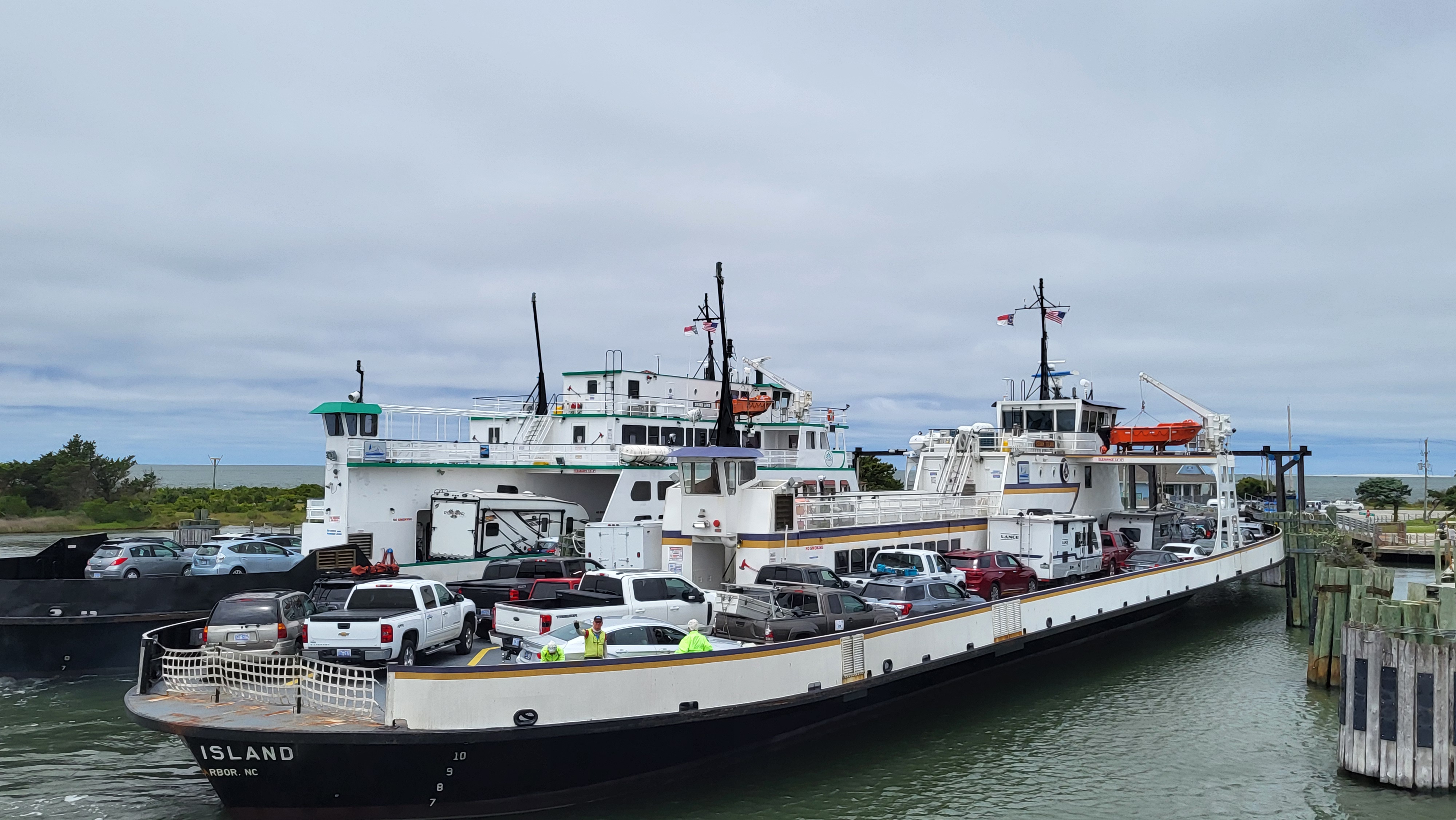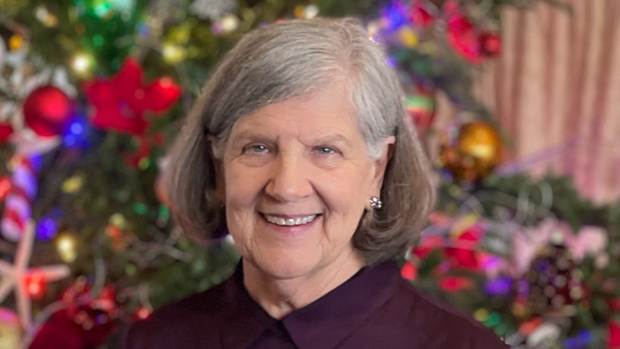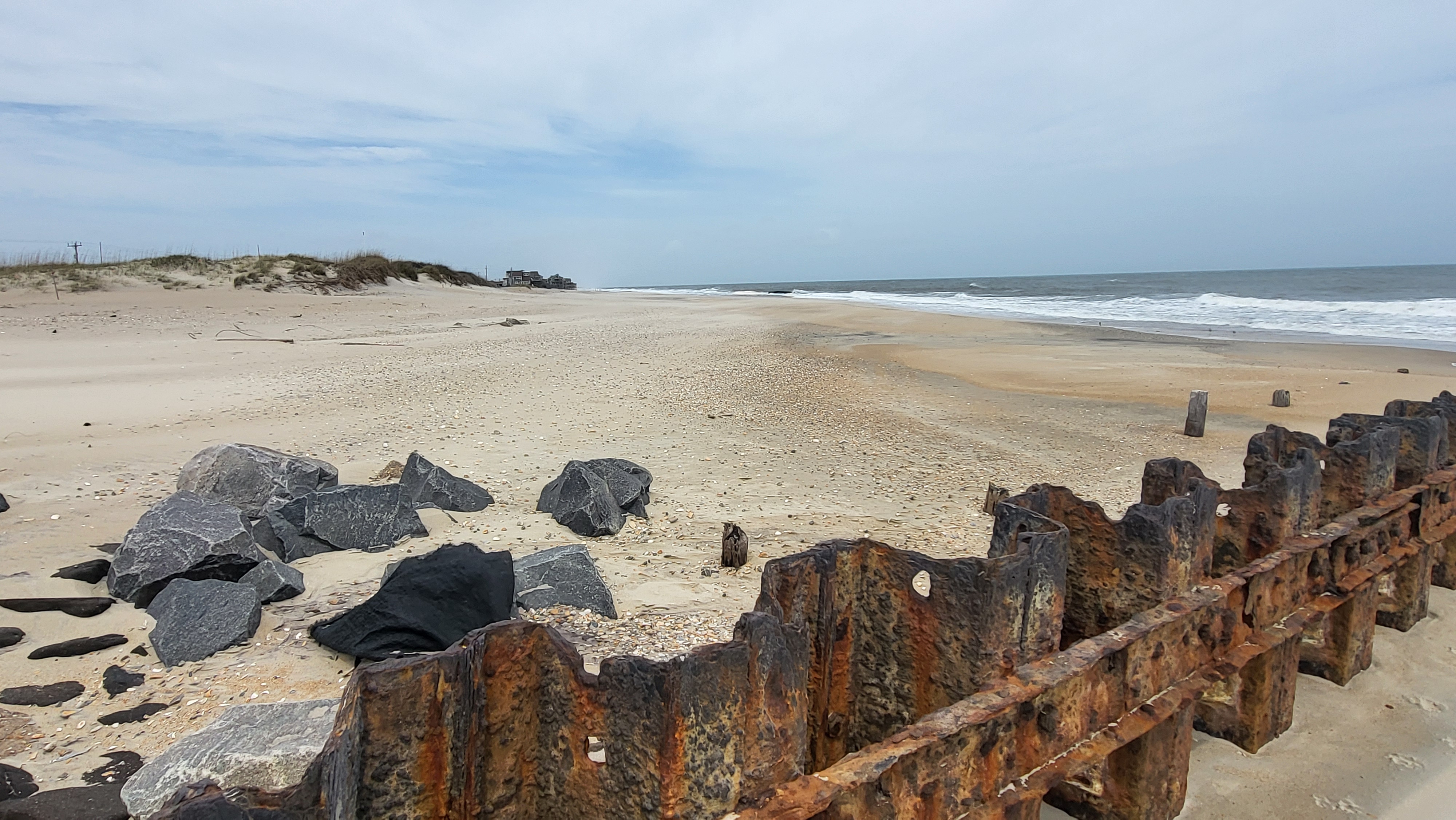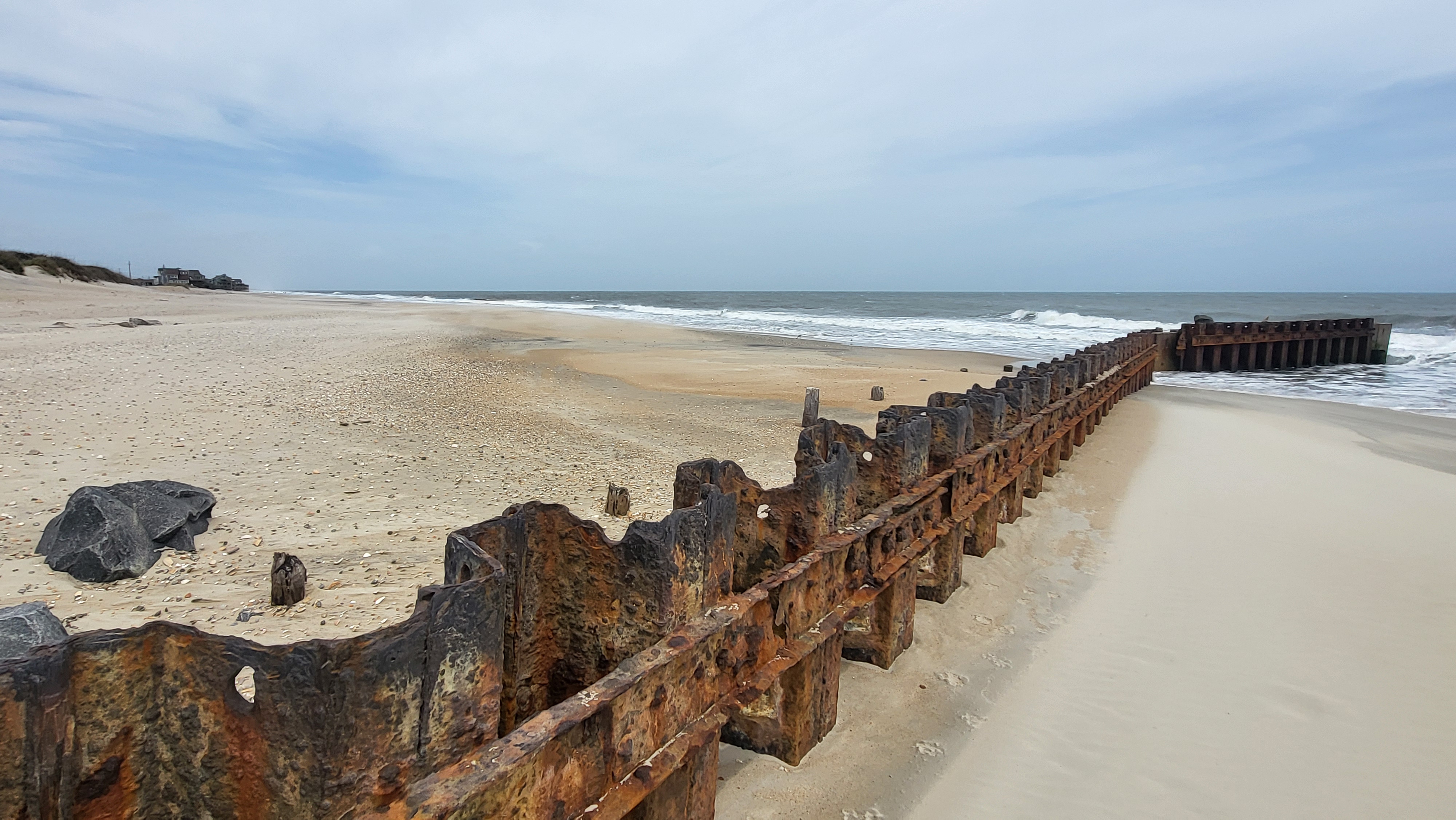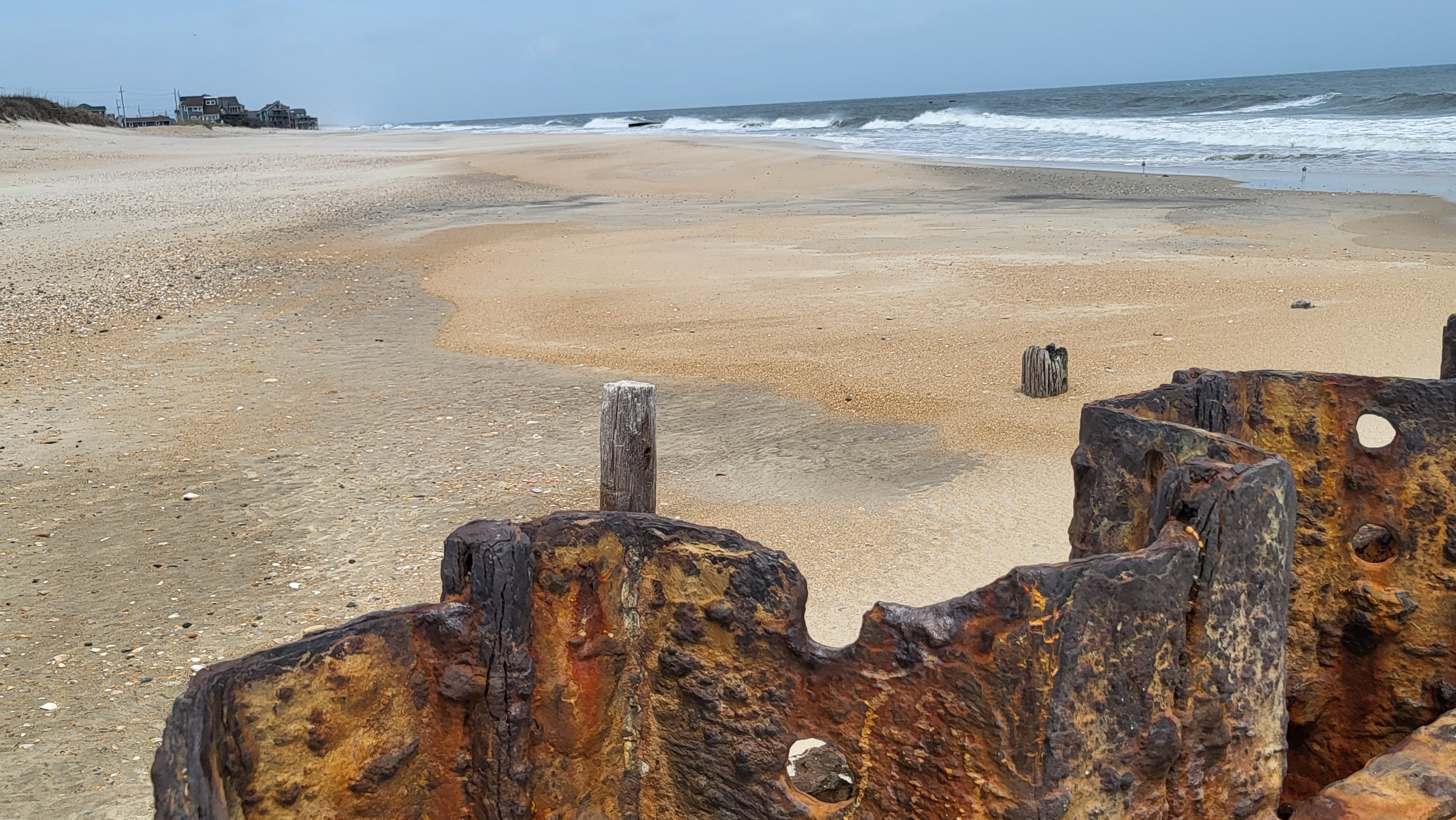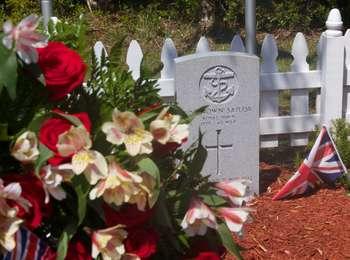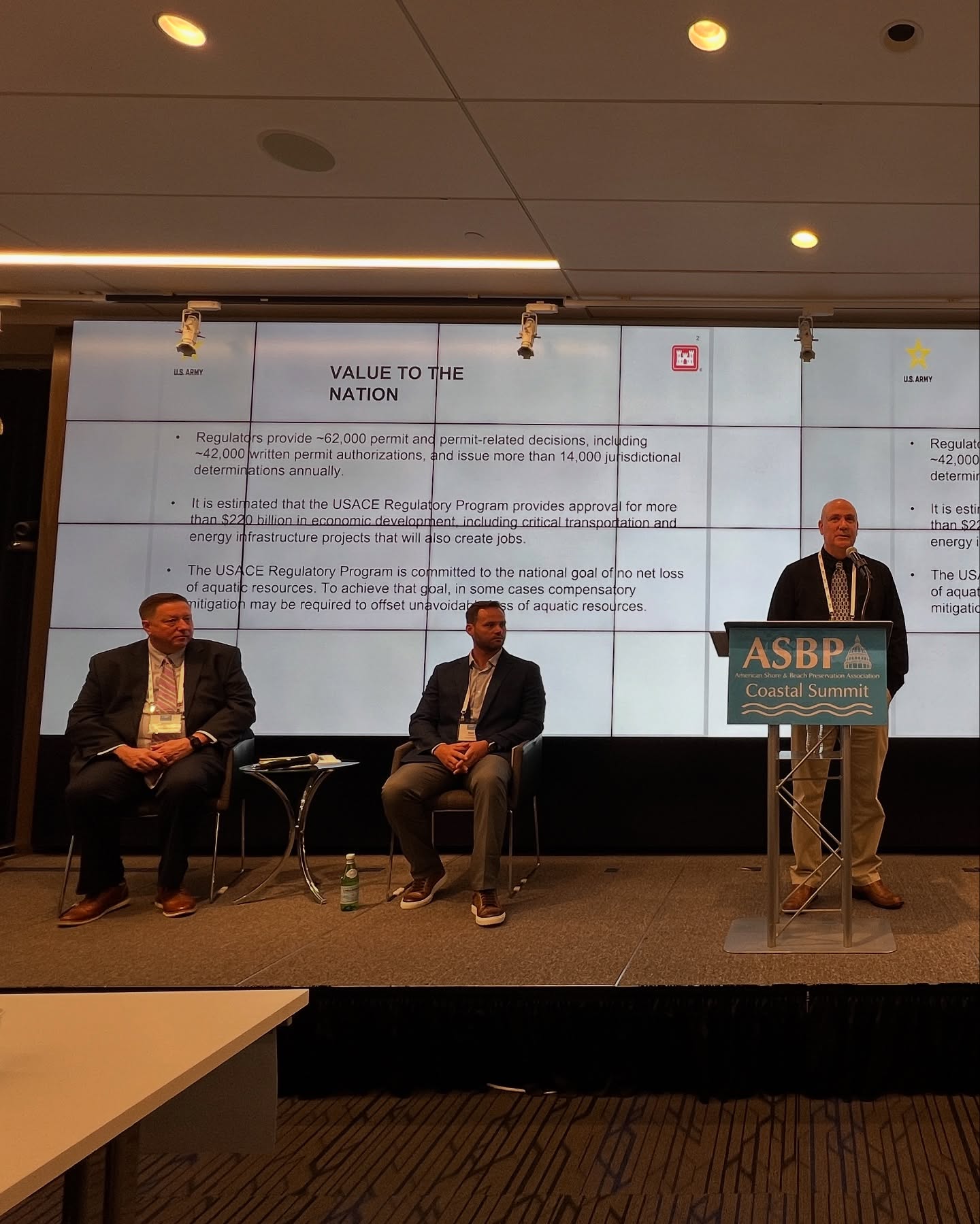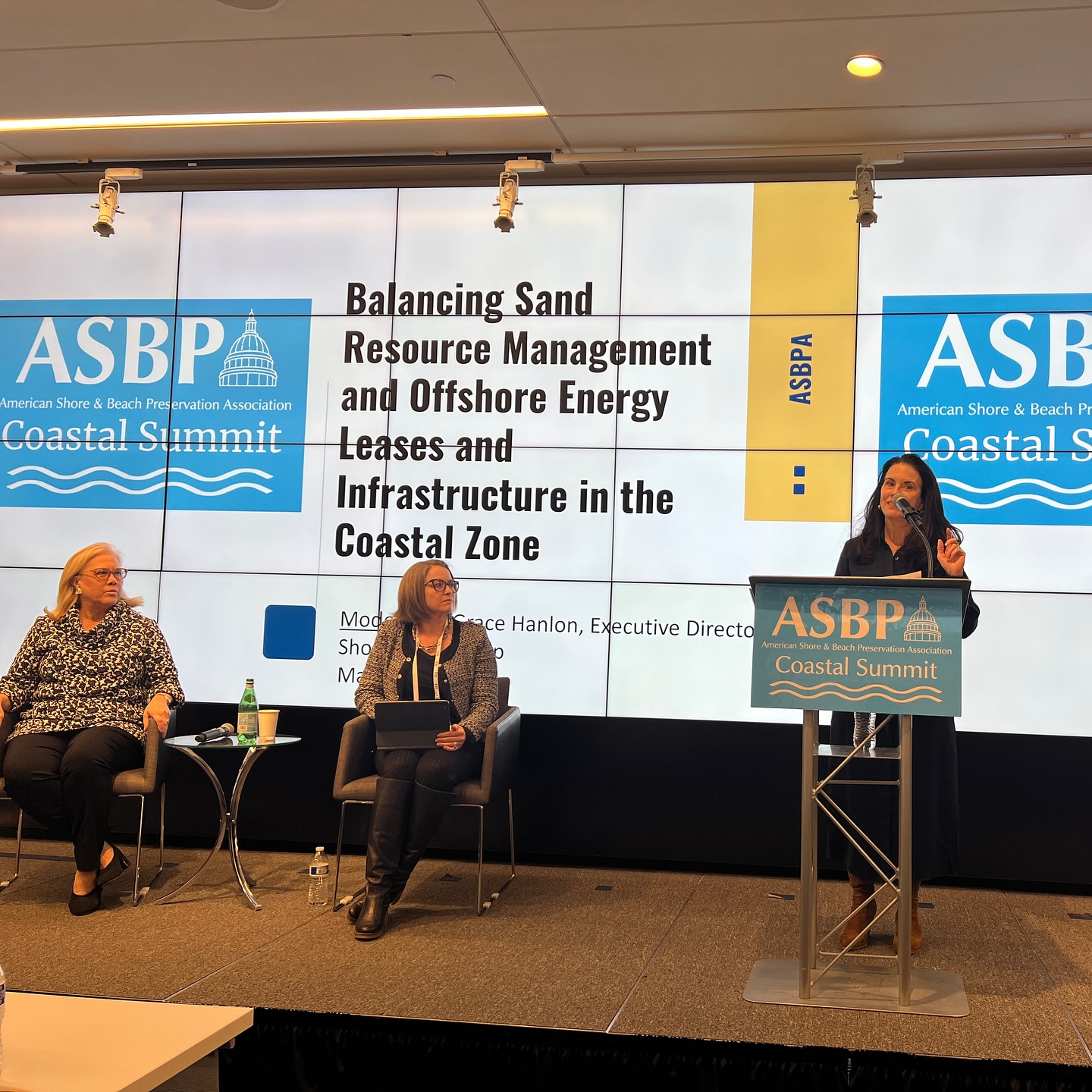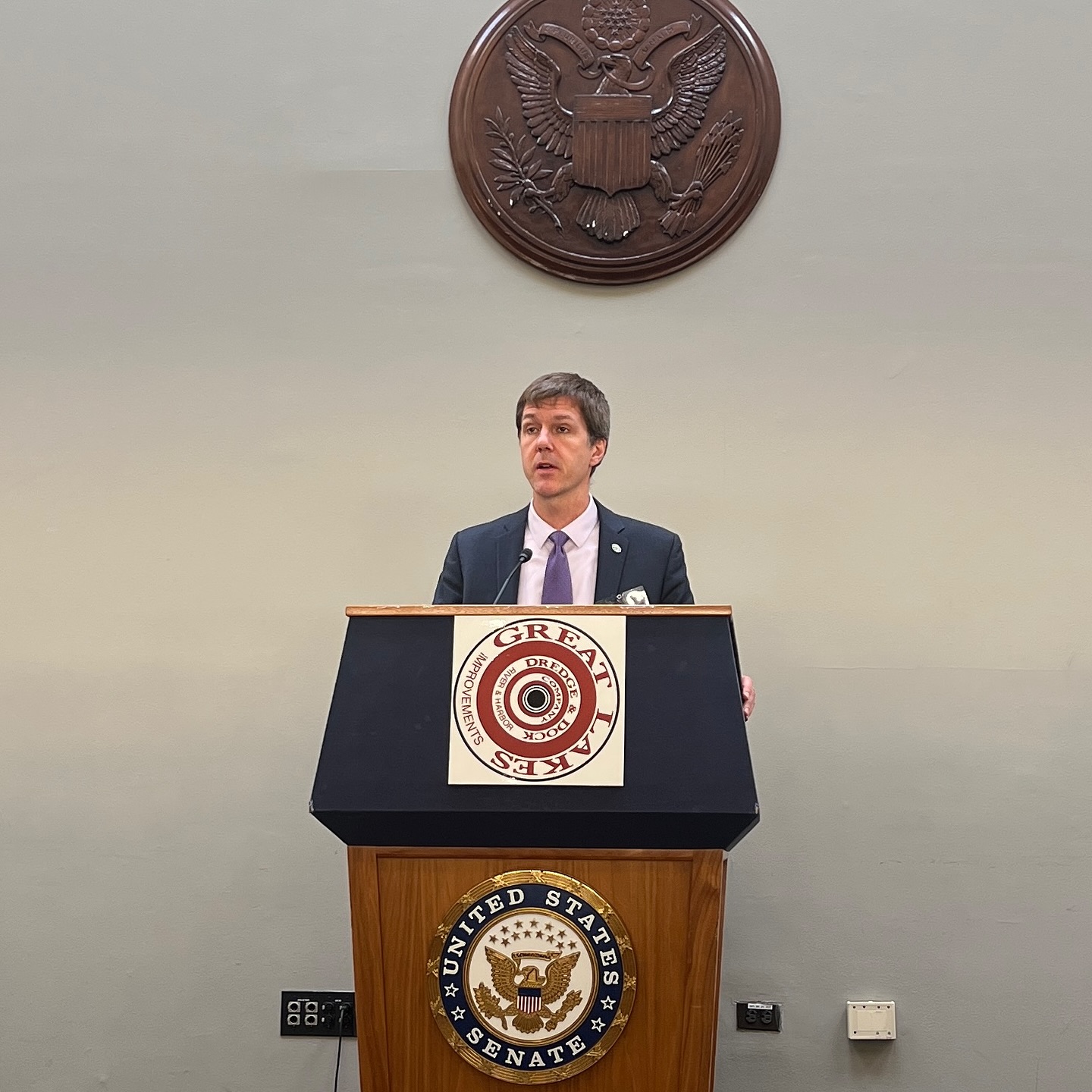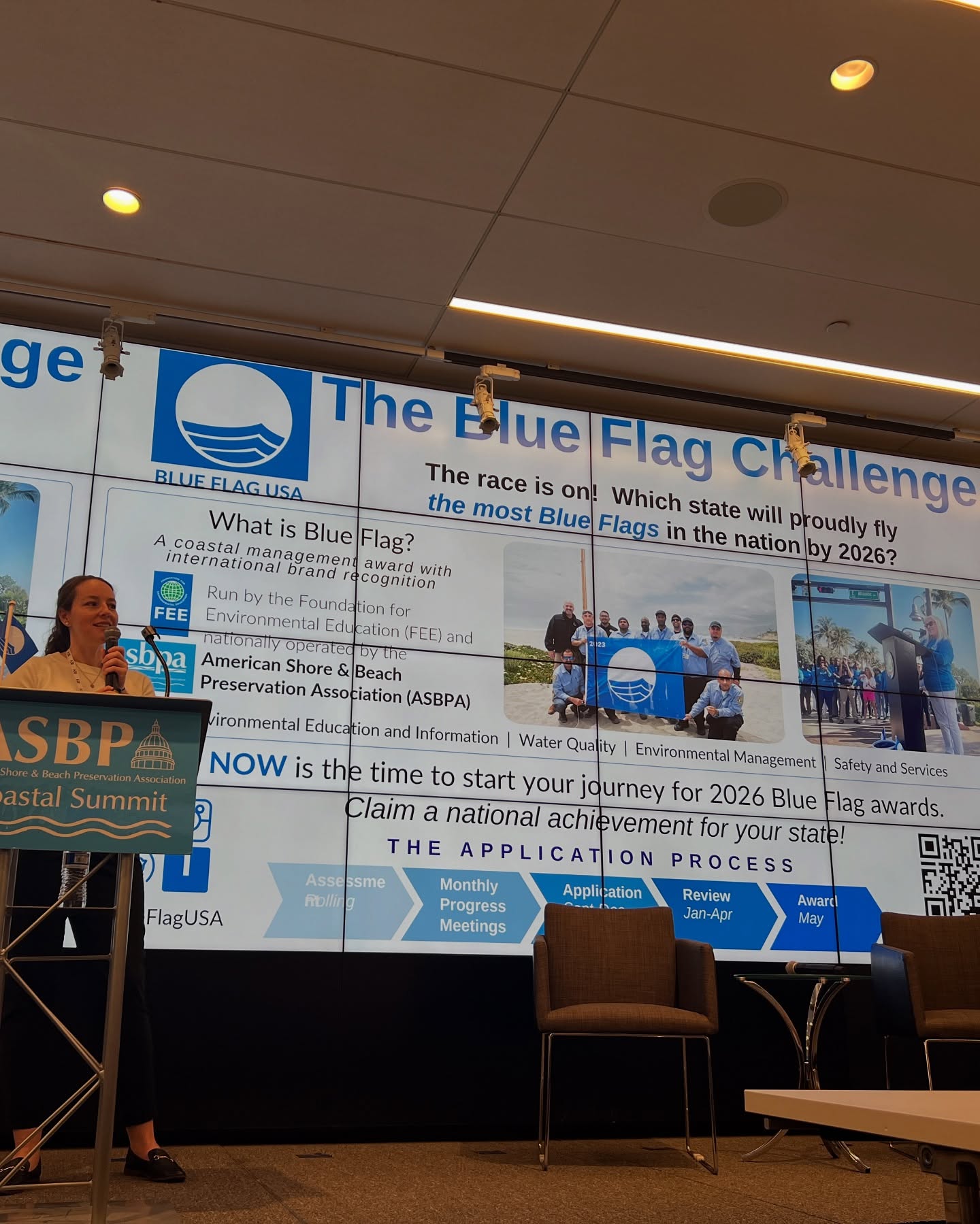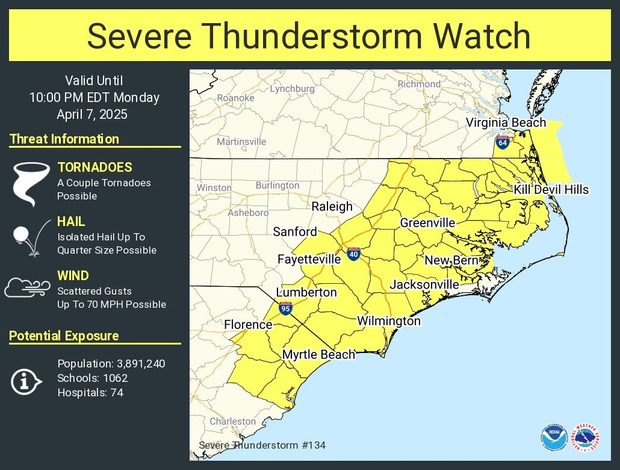New Bridge Wins DFI Outstanding Project Award for 2019
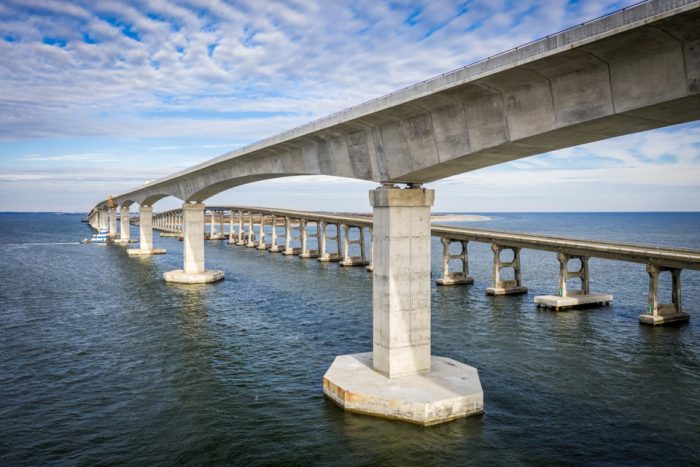
The new bridge across Oregon Inlet has already garnered acclaim from travelers since first opening in February of 2019, but thanks to a recent announcement from the Deep Foundations Institute (DFI), it can add an international award to its wave of accolades as well.
The DFI has recognized the new Marc Basnight Bridge as the winner of its the 2019 DFI Outstanding Project Award, honoring both PCL Civil Constructors (general and foundation contractor) and North Carolina Department of Transportation (owner) for the innovative foundation design of the 2.8 mile-long structure.
The Deep Foundations Institute (DFI) is an international membership association of contractors, engineers and suppliers in the field of design and construction of deep foundations and excavations. Their Outstanding Project Award (OPA) was established in 1997 to recognize the superior work of DFI members, and each year, a project is chosen from several geotechnical projects submitted for consideration by DFI members.
The eventual winner is selected by a committee which takes a number of factors into account, including the project’s size, the scope and challenges of the project, the degree of innovation and ingenuity exercised, and the uniqueness of finding a solution to the difficulties of the job.
“The new bridge replaces the Herbert C. Bonner Bridge and was built using first-of-their-kind design and construction methods to provide a 100-year service life, resist unprecedented scour depths and minimize environmental impacts while offering a reliable, safe passageway to and from Hatteras Island,” stated the DFI in a press release.
“The bridge is capable of resisting wind, wave and vessel collision forces from the worst storms in the Atlantic Ocean, all while subject to unprecedented scour depths.”
The announcement also praised the project for its foundation design, noting that the design was a key factor to the project’s success, but also posed the greatest challenges. “Driven, pre-stressed concrete piles were selected for the long spans as well as the approach and transition spans, and provided the required strength and durability. To address the concern of how to drive large displacement piles through dense sand, the team developed innovative jetting installation methods. The need to optimize the design led to the extensive use of refined soil-structure interaction analyses.”
The award is being presented at the DFI 44th Annual Conference on Deep Foundations in Chicago, October 15-18, 2019.





